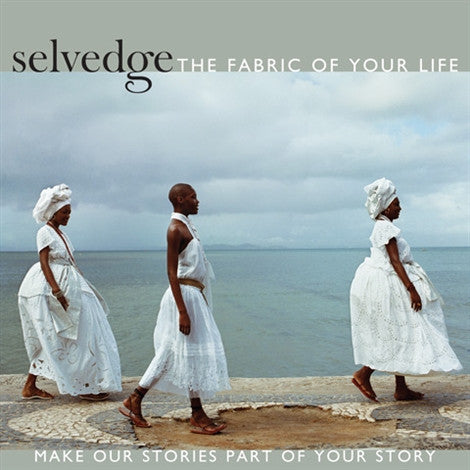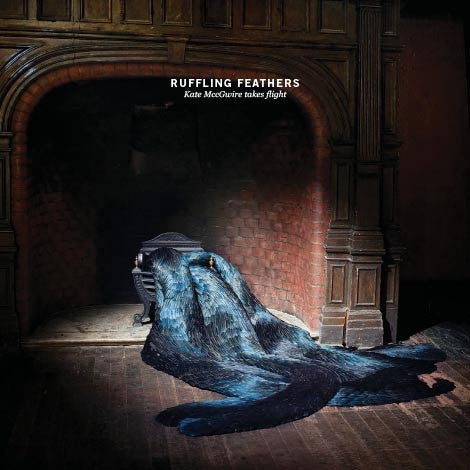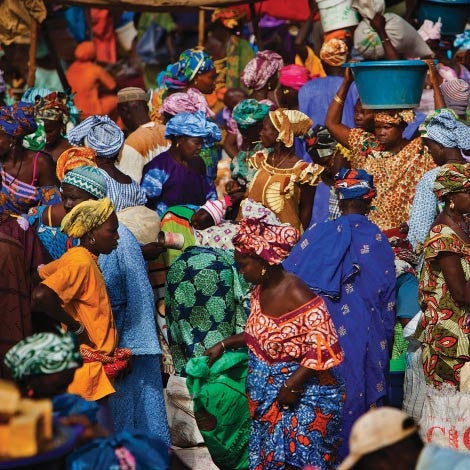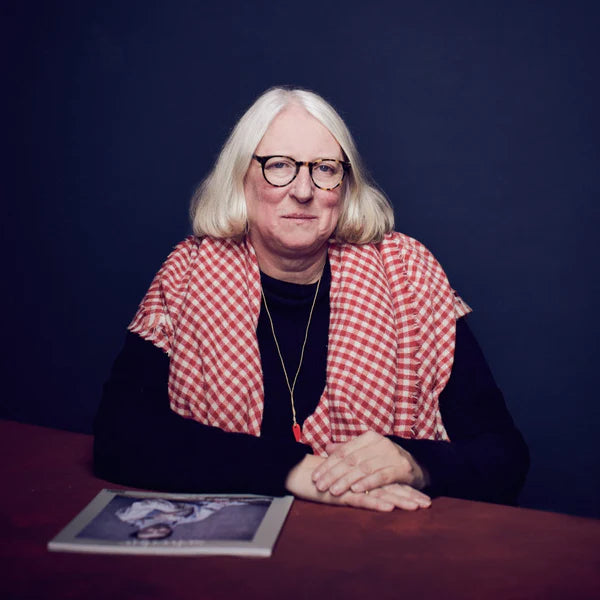Issue 53 Equatorial - available as a digital version only
Selvedge Magazine
Couldn't load pickup availability
Please note this issue is now only available as a digital version.
July/August 2013


WALK ALONG THE CORRIDOR in any school on the last afternoon of the summer term and you can sense the excitement in the air. Just before the bell rings that excitement reaches fever pitch as the atmosphere pulsates with noise and chatter. This energy is the energy of possibilities, the seemingly endless possibilities of the summer, when for a few weeks the constraints of schedules, tests and the pressure of social conformity are abandoned. Children grow most in the summer, physically and emotionally: perhaps the opportunity for creativity stimulates growth.
In this issue we travel around the equator, to places where temperatures soar but there is no sign of indolence. Though many of the places we visit have fewer resources and limited infrastructure we found evidence of amazing creativity and resourcefulness. In Senegal again and again we see incredible examples of human ingenuity. Ptolemy Mann is impressed by the vibrant plastic rugs of The Société Sénégalise de Nattes en Plastique. Katy Bevan explores this dynamic culture in her piece Weaving the Breath of Life. When people have little and are forced by circumstances to live by their wits remarkable things can happen – just look at Panos de Terra (Cloth of the land): slave made fabric from Cape Verde. The variety of textiles produced in the sweltering heat and humidity of the Lowcountry, that stretches from South Carolina to Georgia on the Eastern seaboard of the United States is also staggering. And for an early example we examine the remarkable, colourful featherwork of Peru.
Patchwork, a perennial favourite with Selvedge readers, finds new forms in the garments created by Lu Flux: look out for other examples by Bokja and Arts and Science whose recycled cloth bags appear on our shopping page. Tracy Chevalier’s new book The Last Runaway, follows a Quaker and expert quilter, Honor Bright, from England to pre-civil war Ohio where she comes face to face with the realities of the slave trade. With so much patchwork you may be tempted to visit the The Knitting and Stitching Shows in London and see the work of Dorothy Caldwell.
My advice to all of the students graduating this month, and launching their careers, is not to wait until they land the perfect job or until their studio space is perfectly appointed to resume their work, but to begin today with whatever resources they have to hand – actually that’s probably something we should all do! I hope you have a wonderful, creative summer.
Polly Leonard, Founder
Share










A truly enjoyable read
This magazine is a joy to read on every level. It is well researched, interesting and beautifully written. It cleverly connects the distant past with cutting edge current practice and has inspired me to learn more about both. Now I want to read more!
Visually very satisfying and intellectually stimulating
I always find Selvedge Magazine visually very satisfying and intellectually stimulating. I have all the issues in my library and will have to find a good institution to donate then to when the time comes. I remember getting issue 00 at some conference or meeting in the US when you were first starting out. Bravo again for so many years of sharing the joy of textiles in all its varied forms with all of us.
Congratulations on your vision!
I’ve just been looking up your magazine, and absolutely love it! It seems like it knits together all the slices of delight that are left over in our soul when we are spent with our daily survival transactions…..congratulations on your vision!
Inspirational, Cultural, Educational
I am intriqued -- every issue of Selvedge. I am inspired toward my own work as an artist, as a weaver, as a designer, as a student of global artistry. Forever indebted.
Absolutely gobsmackingly gorgeous
I was expecting something nice, but I was in no way prepared for how absolutely gobsmackingly gorgeous and inspiring your magazine is. Wow and wow. Now I’m counting the minutes until my next paper copy arrives.










